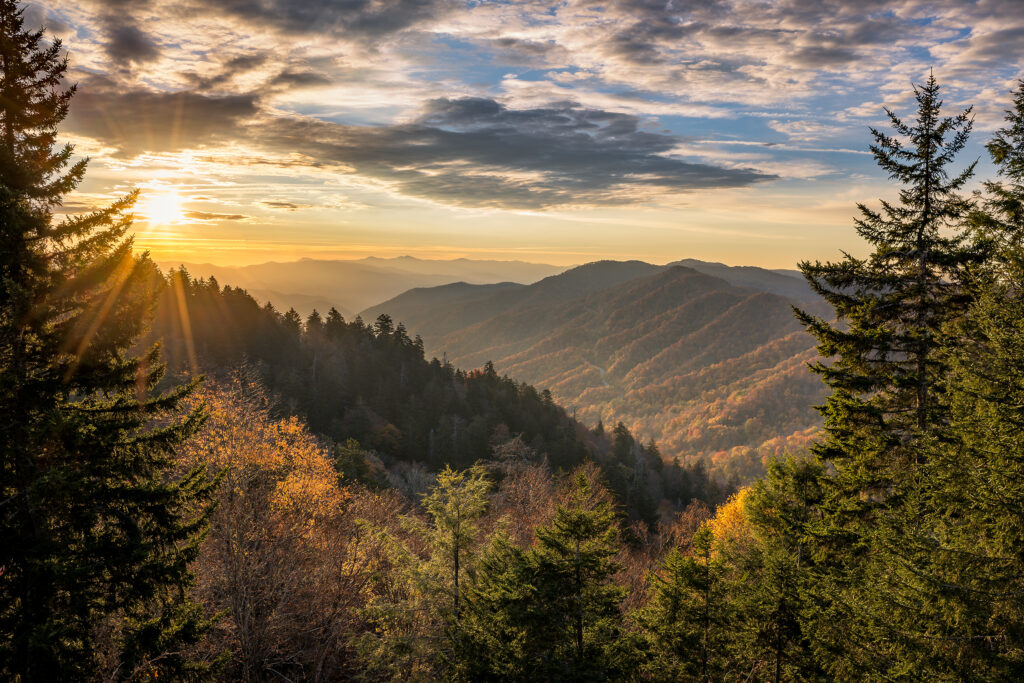
Fly Fishing The East Fork of the French Broad River
Nestled in the picturesque landscapes of North Carolina, near the lush expanses of the Pisgah National Forest, the East Fork of the French Broad River offers fly fishing enthusiasts a tranquil and bountiful destination. This guide provides you with all the essential information to plan a memorable fly fishing trip in this region.
About East Fork of the French Broad River
The East Fork of the French Broad River is a captivating stream that weaves through the rugged terrain of North Carolina. Recognized for its clear waters and abundant aquatic life, it presents an ideal setting for fly fishing. The river is home to a variety of fish species, with trout—particularly rainbow and brown trout—being the most sought-after by anglers.
Best Time to Visit
To experience the best fly fishing conditions, plan your visit from late spring to early fall. During this period, the river’s water levels are optimal, and the fish are more active, increasing your chances of a successful catch. Winter fly fishing can also be fruitful, though the colder temperatures require appropriate gear and techniques.
Getting There
The East Fork of the French Broad River is accessible from Asheville, North Carolina, by driving west towards Brevard, a journey that takes approximately one hour. From Brevard, follow local roads towards the East Fork community, where you will find access points to the river. Public areas along the river provide parking and entry for anglers.
Fishing License Requirements
Before you cast a line, ensure you have a valid North Carolina fishing license. Licenses can be purchased online at the North Carolina Wildlife Resources Commission’s website or at several local retailers in the vicinity of the river. A trout stamp is also required if you plan on pursuing trout.
Gear and Techniques
For a rewarding fly fishing experience on the East Fork of the French Broad River, a 4-6 weight fly rod, equipped with a floating line, is recommended. In terms of flies, traditional dry flies, nymphs, and streamers are effective, with patterns such as the Blue Winged Olive, Elk Hair Caddis, and Woolly Bugger among the favorites. Given the river’s varied structures—ranging from riffles and pools to undercut banks—adapting your technique is key.
Local Tips
- Respect the Environment: Practice catch and release, and follow local regulations to maintain the river’s ecological balance.
- Stay Safe: Be mindful of water levels, particularly after heavy rains, as swift currents can pose safety risks.
- Explore with a Guide: For those new to the area or looking to enhance their fly fishing skills, local guides offer valuable knowledge and insights about the most productive fishing spots.
The East Fork of the French Broad River is more than just a fly fishing destination; it’s an encounter with the serene beauty of North Carolina’s natural landscapes. Whether you’re a seasoned angler or a newcomer to the sport, the river’s winding waters and rich biodiversity promise an unforgettable adventure. Keep this guide handy as you plan your journey to one of North Carolina’s hidden gems, and prepare to immerse yourself in the peaceful yet exhilarating experience of fly fishing near the East Fork of the French Broad River.



Responses